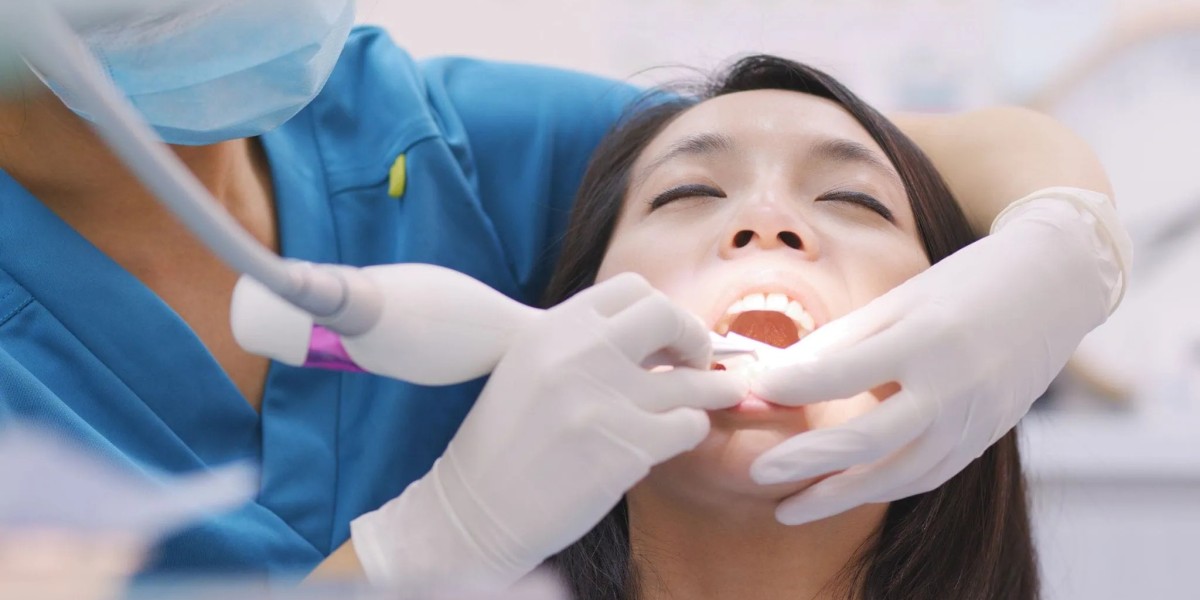Undergoing a Posterior Root Canal in Dubai is a significant step toward preserving your natural tooth and maintaining oral health. However, the treatment does not end once the procedure is complete. Proper post-treatment care is crucial for ensuring a smooth recovery, preventing complications, and extending the longevity of the treated tooth. Understanding what to expect and how to care for your tooth after a posterior root canal can make a substantial difference in your dental health journey.
Immediate Care After the Procedure:
After your posterior root canal treatment, it is normal to experience some mild discomfort and sensitivity. These symptoms typically subside within a few days. Dentists usually recommend avoiding chewing on the treated tooth until the final restoration, such as a crown, is placed to prevent damage. During this period, patients should:
Take prescribed or over-the-counter pain medications as directed
Use cold compresses to reduce swelling if needed
Avoid very hot or cold foods to minimize sensitivity
Stick to a soft diet to protect the treated area
Following these guidelines helps manage discomfort and promotes healing.
Importance of Maintaining Oral Hygiene:
Good oral hygiene is essential after a posterior root canal to prevent reinfection and support gum health. Patients should continue their regular routine of brushing twice daily and flossing once daily, taking care to be gentle around the treated tooth. Using an antibacterial mouthwash can further reduce bacteria and help maintain a clean environment in the mouth. Regular dental cleanings and checkups also play a vital role in monitoring the health of the treated tooth.
Recognizing Signs of Complications:
While most patients recover smoothly, it is important to be aware of symptoms that may indicate complications. If you experience severe or worsening pain, prolonged swelling, persistent sensitivity, or any signs of infection such as fever or pus discharge, contact your dentist immediately. Early intervention can prevent more serious issues and may require retreatment or additional care to save the tooth.
Role of Final Restoration in Post-Treatment Success:
The placement of a permanent restoration, usually a dental crown, is a critical step following a posterior root canal. Because posterior teeth endure significant chewing forces, a crown helps protect the weakened tooth structure and restore function. Without this restoration, the tooth is at higher risk of fracture or reinfection. The crown placement typically occurs a few weeks after the root canal, once the tooth has stabilized.
Dietary Recommendations for Healing:
Eating habits after a posterior root canal should support healing while avoiding stress on the treated tooth. Patients are advised to:
Eat soft foods like yogurt, soups, and mashed vegetables
Avoid hard, sticky, or chewy foods that can damage the tooth or crown
Refrain from consuming very hot or cold beverages that could trigger sensitivity
Stay hydrated to promote overall oral health
Following these dietary tips can reduce discomfort and protect your investment in dental health.
Follow-Up Appointments and Monitoring:
Regular follow-up visits with your dentist are essential to ensure the treated tooth is healing well and the restoration is functioning properly. During these appointments, the dentist will:
Check for any signs of infection or complications
Evaluate the fit and integrity of the crown or filling
Take X-rays if necessary to assess the root canal treatment’s success
Provide guidance on ongoing oral care
Consistent monitoring helps maintain the tooth’s health and longevity.
Managing Discomfort and Sensitivity:
Mild sensitivity or discomfort after a posterior root canal is common but usually temporary. To manage these symptoms, patients can:
Use over-the-counter pain relievers like ibuprofen or acetaminophen
Avoid chewing on the treated side until healing occurs
Apply a cold compress externally if there is swelling
Inform the dentist if pain persists beyond a week or worsens
Effective management of post-treatment symptoms improves patient comfort and recovery experience.
Lifestyle Tips to Protect Your Treated Tooth:
Beyond immediate care, adopting certain lifestyle habits can help protect your posterior tooth long-term. These include:
Avoiding habits like nail-biting, chewing ice, or using teeth as tools
Wearing a nightguard if you grind or clench your teeth
Maintaining regular dental visits and cleanings
Limiting sugary and acidic foods that contribute to decay
Such preventive measures safeguard your root canal investment and overall oral health.
Final Thoughts:
Proper post-treatment care following a Posterior Root Canal in Dubai is essential for ensuring successful healing and long-term tooth preservation. By managing discomfort, maintaining excellent oral hygiene, following dietary recommendations, and attending regular dental checkups, patients can enjoy the full benefits of their root canal therapy. Taking an active role in your recovery not only promotes dental health but also helps maintain a confident, pain-free smile for years to come.








